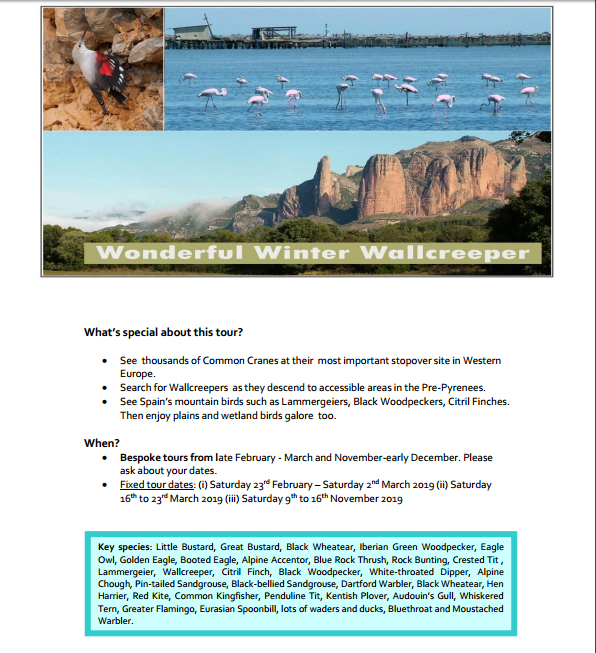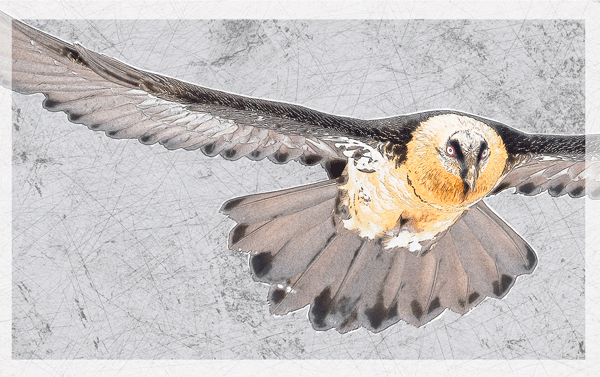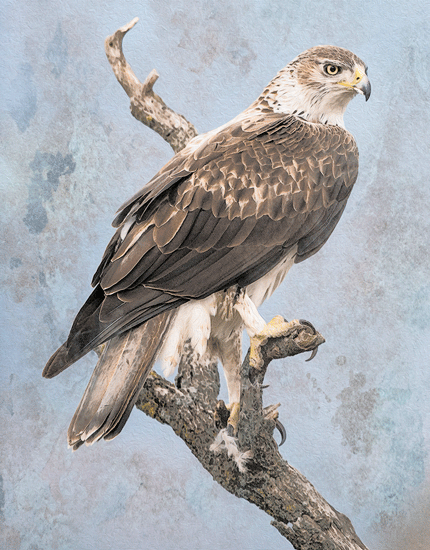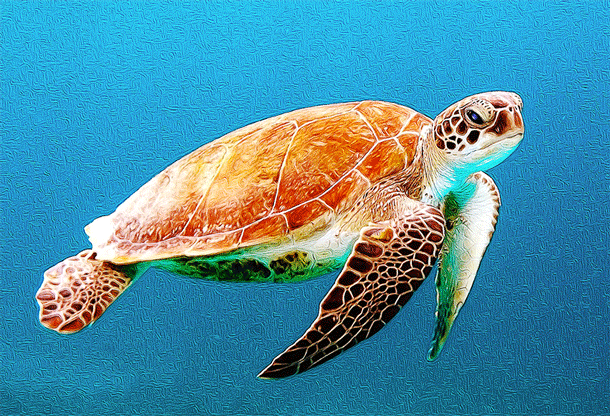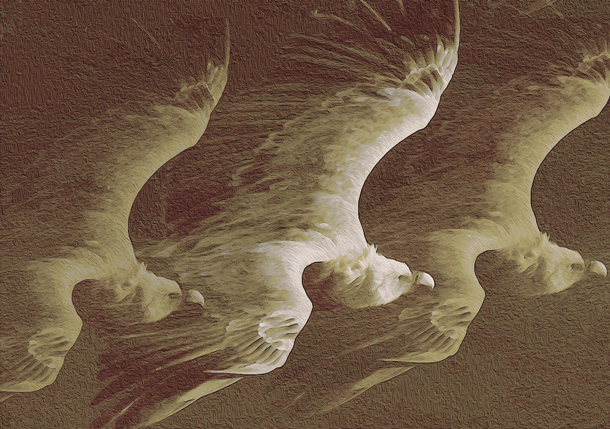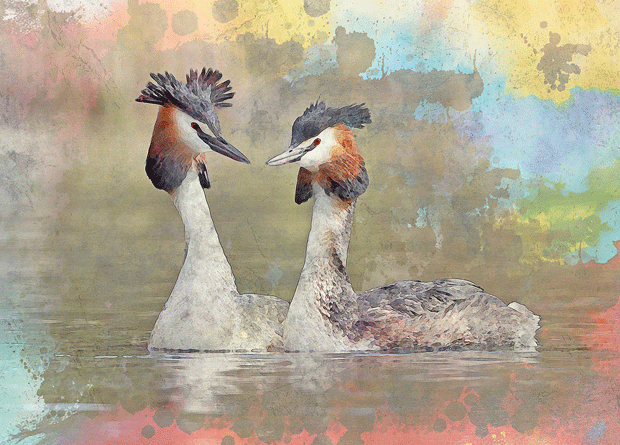Merry Christmas!
Now why would you be reading this on Christmas Day?
I called this image “blood”. It’s an alert Goshawk (is there any other kind?) with a full crop and a blood-stained bill.
The Goshawk is a mean, aggressive predator, a real bird of prey, a feathered Velociraptor. It’s an image which doesn’t appear to have much to do with the Christmas spirit, the message of “Love and peace to all mankind”, or anything close to that.
Well, I could postulate that red is the colour of holly berries, and that holly has been a visible feature of this festive season in northern Europe for many years; or that red is the predominant colour of Santa Claus’s outfit, the red of gift-wrapping paper, Christmas tree baubles and tinsel, and so on. I could, and that might be a nice way to end this advent calendar series. However, if I did I think I’d be straying too far from what brought us all here in the first place: the birds.
Birds are beautiful. Birds can fly, soar, glide, swim, run, walk, float, climb, dive, hop, jump, dance and sing. And the beauty of birdwatching is that we can actually see the birds doing many of those things.
In any other world birds would be impossible. But they exist – in this, our, world. Enjoy birds. Enjoy life.
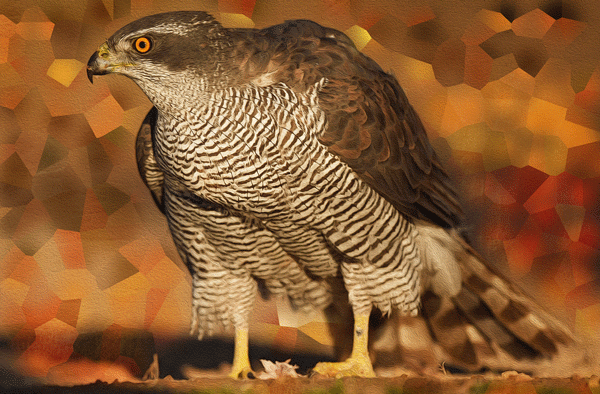
Blood – a festive Goshawk?
Bird, and be free
Birding In Spain
